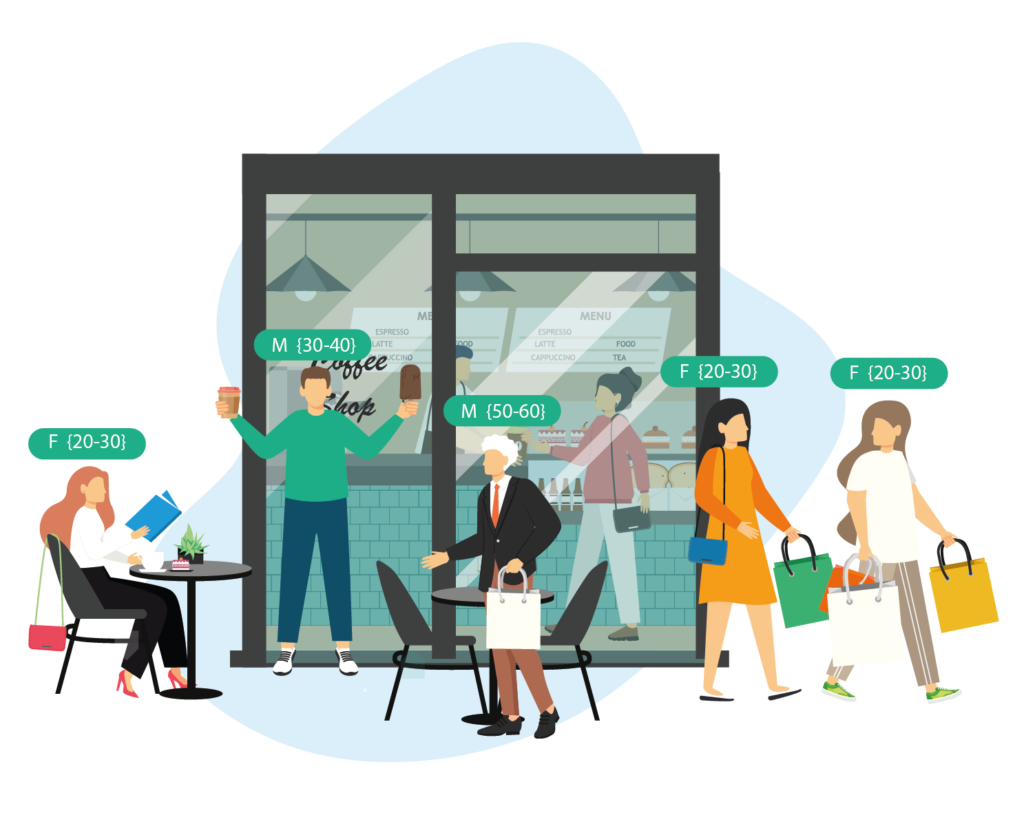What does the new world of working mean for retail footfall post-Covid?
Probably the most fundamental shift in consumer behaviour since the start of the pandemic that has impacted retail destinations is the shift to home working for office based employees. Throughout 2020 and 2021, even after the end of Lockdown 3 in April 2021, the vast majority of previously office based employees continued to work from home; MRI OnLocation‘s Retail Consumer Survey (carried out each month) identified that in 2021 over half of all consumers worked at home for at least part of the week, and around a quarter worked at home full time.
Inevitably this has delivered a huge change in consumer shopping behaviour, and the choice of retail destinations visited; if nothing else this change has been driven simply by where consumers find themselves during retail trading hours. Pre-pandemic, the vast majority of office-based employees were in towns and city centres during the working week and so able to shop close to their offices during the day, but unable to access smaller high street destinations closer to their homes. However, since Covid hit the situation has reversed, with easy access to larger city centres prohibitive over the five days from Monday to Friday. Of course, mandated lockdowns followed closely by ongoing restrictions didn’t make it easy or appealing for shoppers to even make trips to larger retail destinations and so they continued to stay local, delivering a far greater degree of resilience to the adverse impact of Covid. The evidence of this is clear; over the two years from January 2020 to December 2021 while footfall in Central London was -55.9% below 2019 and -43.4% below 2019 in regional cities outside of the capital, in Outer London and in market towns the gap from 2019 was noticeably smaller at -31.6% and -34.3% respectively.
The key question on everyone’s lips now that the vaccination programme has been so successful, and the removal of all restrictions is whether employees are returning to their offices, so boosting footfall in larger towns and cities. Certainly, what the past two years has demonstrated is the ability of employees to work effectively at home with the vast majority having set them themselves with the requisite technology up to do so (even if some are still forced to work from their kitchens and bedrooms). Indeed, the improved home/life balance craved for so long is now a real possibility for the longer term, and many employees are reluctant to relinquish that opportunity completely, suggesting that the hybrid model is here to stay.

The evidence certainly points to a gradual drift rather than a huge resurgence of office-based working, particularly in London; in the first two months of 2022 footfall in Central London remained -35.4% lower than in 2019 versus -18.2% in Outer London, albeit that a proportion of this gap is a consequence of lower levels of tourism, both domestic and international. In cities outside of London, which typically have lower levels of tourism than London and so rely more heavily on footfall from residents and workers, footfall has recovered faster with the gap from 2019 narrowing to -26.6% versus -35.4% in Central London.

So what does this mean for smaller high streets, of which pre Covid many were often considered to be “dying”? The initial evidence suggests the hybrid home/office working model currently is continuing to insulate more local destinations, delivering much needed activity during the working week, the vast majority of which pre-Covid would have ended up on large city centres; in the first two months of 2022 footfall in market towns averaged -25.5% below 2019 versus -26.6% in regional cities around the UK. However, will this be a long term trend, or will local high streets eventually lose shoppers with shopping trips deferred for those days when they are in their offices and so able to shop in larger towns and cities?
With restrictions only being fully removed during February, we are still at a very early – possibly premature – stage in the post-Covid cycle, but the signs are that this could be a real possibility; February was the first month since the start of Covid when gap from the 2019 footfall level was larger in market towns than in city centres around the UK (-27.3% in market towns versus -25.8% in regional cities outside of London). Small local high streets are clearly at a pivotal point, with an opportunity to emerge from the Covid period with a larger and more loyal customer base than they have had for decades. However, to achieve this it’s critical they fully understand the current and emerging dynamics of consumer behaviour and use this understanding to shape their offer to match the demands of the new hybrid worker – after all, “if you don’t use it you lose it”.
Footfall Analytics
Boost performance with actionable insights based on AI-driven footfall analytics
Learn more
MRI OnLocation UK Monthly Commentary – March 2024
Retail footfall shows signs of stabilising as early Easter break provides a modest rise from February Each month MRI OnLocation delivers insights on retail performance for UK retail destinations. March saw a modest rise in retail footfall across the …

